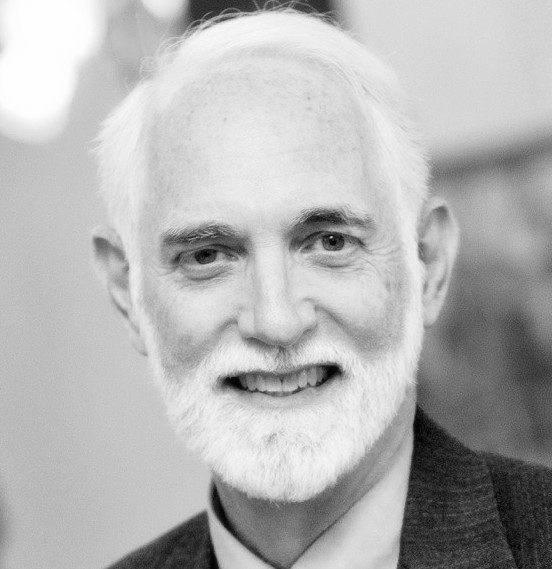We bought a TiVo with a lifetime subscription the day they went on the market 15 years ago. When friends asked how we liked it, I said, “we are spending a lot less time watching a lot more good television.” There were no more missed episodes of family favorites. We became experts at fast forwarding through commercials. We watched only what we liked whenever we liked.

Over the last 15 years, the range of content delivery devices and services has exploded. The lines have blurred. Netflix and Amazon are developing their own shows and HBO is planning to deliver its content directly through its own streaming service. Consumers are just as likely to get their content through a PC, smart phone, or tablet as they are through a TV. This has created two particular challenges.
1. The Long Tail Meets The Filter Bubble. In his 2004 Wired Magazine article, The Long Tail, Chris Andersen observed that with the lower marginal costs of digital content delivery, we are no longer limited to content that the average consumer wants – only the so-called “hits.” Content providers can serve all kinds of niche markets – the long tail of the demand curve. Whatever shows you like, odds are that they are available digitally somewhere.
Eli Pariser coined the term, “the filter bubble,” to describe what happens when service providers deliver content to us based on our search history, previous purchases, or other information about us and people they think are like us. This is the basis of recommendations we get from places like Google, Netflix, and Amazon. The downside is that we rarely see anything that conflicts with our current taste or viewpoint. Our exposure to new types of content is limited and we get isolated in our own little bubbles. So, the long tail provides a greater range of content, but we are seeing less and less of that range.
Try to confuse your video content service providers algorithms and expand your horizons by occasionally trying new things that don’t fit your profile. Find other niches you like – maybe indie comedy films or great shows you missed because Fox cancelled them after one and a half seasons.
2. Narrow Band Celebrities Are Everywhere But Good Writers Matter More Than Ever. The popularity of a video podcast relies heavily on the popularity of the host(s). With the incredibly diverse scope of video podcast content, the challenge is to find a “personality” with relevant content expertise. Video podcasts and similar content targeted to the long tail have spawned a new breed of “narrow band celebrities.” In this sense, there is now a “long tail” for celebrities in front of the camera that parallels the long tail for content.
At the same time, good writing matters more than ever. One of the things we begin to notice when we watch a whole season of a television series streaming over a few weeks rather than broadcast over 8 or 9 months is that the quality of the story is more obvious and matters more to us. The season story arc becomes as visible and important as the episode story arc and we become more discriminating consumers. We are much more likely to observe when a show is “well-written” than ever before. This also means we go back to watch the best-written shows again. We now know the names of creators, writers, directors, and producers where before we only knew the names of the actors.
Find out who created and wrote your favorite programs or movies and see what else they have written (try using IMDB.com). You may find, as I did, that several of your favorite movies were actually written by the same person and there are more to watch.
